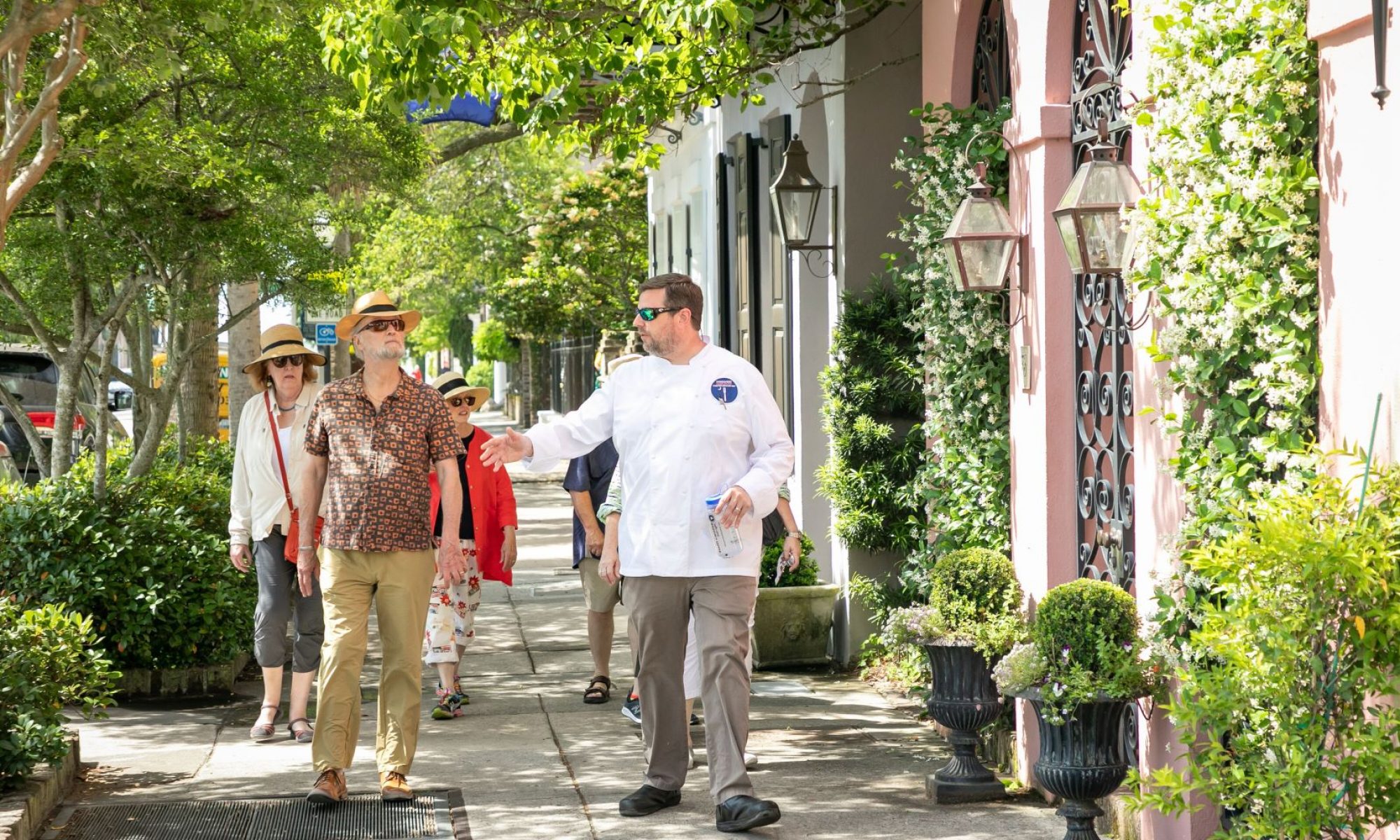“In fetid darkness still to live and run–
And all for nothing it had ever done
Except forget to go in fear perhaps.
No one would know except for ancient maps
That such a brook ran water.”Robert Frost
![Sketch-of-James-Island-1-High-Rez[4]](https://i0.wp.com/undiscoveredcharleston.com/wp-content/uploads/2016/01/sketch-of-james-island-1-high-rez4.jpg?resize=525%2C432&ssl=1)
Researching a history of James Island, I ran across this on the Charleston Museum site, that of the first confirmed museum in the United States (1773).
I was reminded of a quote attributed to Frost that “Maps are the greatest of poems.”And with that, here is a poem of James Island, written in 1887, following the Late Unpleasantness. Curious that the map shows Confederate and Union positions and that of course that the war had ended over 20 years prior?

From the Charleston Museum’s site, and archivist Jennifer Sheetz:
“One of our favorite maps, featured here of course, is a hand-drawn map of James Island, signed R.E.M., circa 1887. R.E.M. is very likely Robert Eliott Mellichamp. While we are still conducting research, evidence indicates that Robert is the son of Reverend Stiles Mellichamp and Sarah Fowler Cromwell. Reverend Stiles Mellichamp was an Episcopalian pastor, possibly serving in the Civil War as a Chaplain. Robert was born in Beaufort in 1836 and the family moved to Charleston shortly thereafter. What is more certain is that during the war, he served in the Confederate Army, enlisting as a Sergeant in Buist’s Light Artillery (17th Regiment). The unit was split during a reorganization, becoming a company in the 18th Battalion, also known as the Siege Train, commanded by Major Edward Manigault. Robert’s rank at the end of the war was 2nd Lieutenant. Not only did Robert live his life in Charleston, with his extended family living on James Island, his Confederate service was in this area as well.
This is significant because the map depicts the positions of the Union and Confederate forces, both Army and Navy, as well as the blockade runners. The legend itemizes, by color code, Union batteries and encampments, Confederate batteries and Confederate wagon roads and bridges. Old carriage roads and bridges in addition to planters’ houses that survived the war are also noted; and, the map even details private avenues with ink dotted lines. The harbor entrance shows piles in a line from James Island connected to a Confederate Army boom from Sullivan’s Island with a break (possibly for the passage of blockade runners).”
via The Charleston Museum | News and Events » Hand-drawn Map of James Island.

